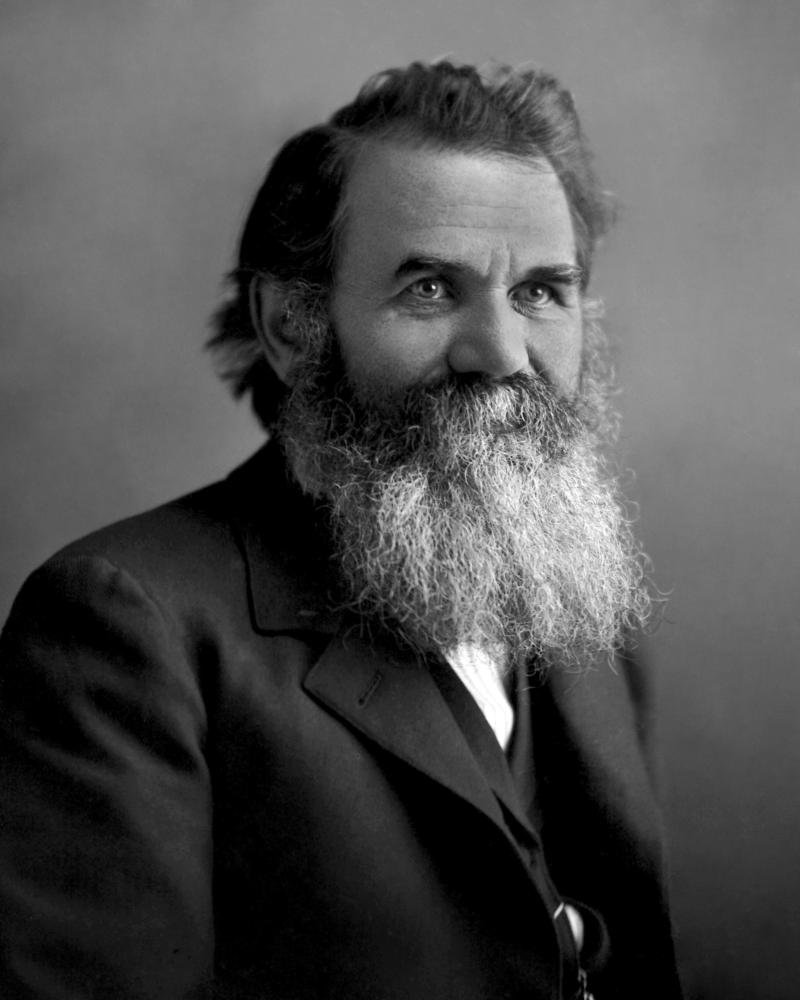Finding a Chiropractor in Korea
You’ve been in Korea for a while now and your back is starting to ache— it’s been ages since you’ve gotten a good adjustment. In the US, Chiropractors were on every block, but in Korea, it’s a different game. How do you know who to trust? Here are some quick tips and tricks on finding out who is worthwhile.
Where did they go to school?
As with any practice, Chiropractors come from all kinds of backgrounds and varying levels of educational rigor. However, the true origins of Chiropractic come from Dr. David Daniel Palmer, who founded Chiropractic in 1897 and established the very first Chiropractic College- Palmer College of Chiropractic. When possible, look for a Chiropractor who went to the the tried and true origins of Chiropractic (currently one branch in Davenport, Iowa, and secondary branches in Florida and California). These days there are also plenty of other great Chiropractic schools in the US and abroad; if the Chiropractor has been trained there, then make sure it is an accredited, 4 year program to ensure that they had the highest level of training. In Korea, it is possible that the word “Chiropractic” might be used by other professionals who did not receive this level of training in terms of both length as well as depth, so this is an important distinction to make.
Dr. David Daniel Palmer, Founder of Chiropractic and Palmer College of Chiropractic
2. How long have they been in practice?
Most Chiropractors’ websites will have not only their educational background but also their work history; did they spend a significant amount of time working after graduation, or are they fresh out of school? Have they gone from place to place every year? How long have they been in Korea? All of these questions are relevant and if it’s not immediately clear, it could be worth asking. In general, you’d want to see a chiropractor who has been consistently working at least 5-10 years after graduation, developing their clinical skills with a wide host of clients before seeing you.
Lie face down, please!
3. What are their reviews like?
Don’t take their word for it on the frontend with their websites- poke around the backend and look for the clinic reviews to get people’s unadulterated opinions of them. Do a google search for the clinic you’re researching; they will likely have a google business profile set up which has a section for people to leave reviews. Look beyond the positive reviews and analyze any bad reviews (hopefully very few!) and in particular, how the clinic or practitioner responded to the situation. Did they take responsibility or try to avert the blame? Little things like this can also be a reflection of the practitioner’s general outlook towards their clients. If they have a facebook page, then it’s more than likely that the clinic will have a good amount of unfiltered reviews there as well. Remember, lack of reviews for a clinic or practitioner is also valuable information!
4. What style do they practice?
If you’ve gotten chiropractic in the US in the past, you might even have a particular approach that resonates with your body. Some prefer no nonsense, relatively quick sessions, whereas others prefer a blend of manual therapy and perhaps even some conversation about proper body balancing exercise or movement patterns. Check the Chiropractor’s background for extra workshops or certifications for these clues; Gonstead, Thompson, and Diversified would be the styles that are most commonly associated with US Chiropractic, and other layers might include the “activator” (a small device to gently stimulate the neuromuscular response in the tendons), extra training in ART (active release technique), Webster technique (a specialty for prenatal clients), and countless others. The Chiropractor should have these listed in their bios, and it will give some useful clues on what kind of approach they take with their clients.
Balanced spine, balanced mind
5. Are they well connected?
Some Chiropractors are a one-stop-shop, do everything themselves approach- which works for some, but sometimes it can be beneficial to see a practitioner that has a broad perspective and ability to refer out when necessary. Not every practitioner can have success with every client, and a good Chiropractor will know when to refer to another practitioner- whether that is massage to relax muscle tension, or physical therapy for strengthening core muscles, or even a Naturopath for more functional disorders. Be wary of Chiropractors who are an island and seek out those who are in a context where they can work with a team approach and have accountability from others as well.
Conclusion: Find the Chiropractor that works for you
You’ve done your research and picked the chiropractor that seemed best. You went there, but… the results weren’t as expected. Maybe the session was way shorter than you thought, or the approach wasn’t something that you were used to- or simply put, you don’t feel better. Trust your body and go with your gut. If it doesn’t feel right with one Chiropractor, don’t be afraid to try again with another— although there aren’t too many Chiropractors in Korea, there should be enough to find a style that works just right for you.
Hyunjin Kim, US Chiropractor: Create Wellness Center
Create Wellness Center is one of the oldest US Chiropractic and Sports Rehabilitation centers for Expats in Seoul, S. Korea, providing top class service, internationally trained practitioners with a bilingual staff and English language paperwork for easy submission to International Insurance. For any questions or for help finding the right Chiropractor for you, feel free to contact us:





